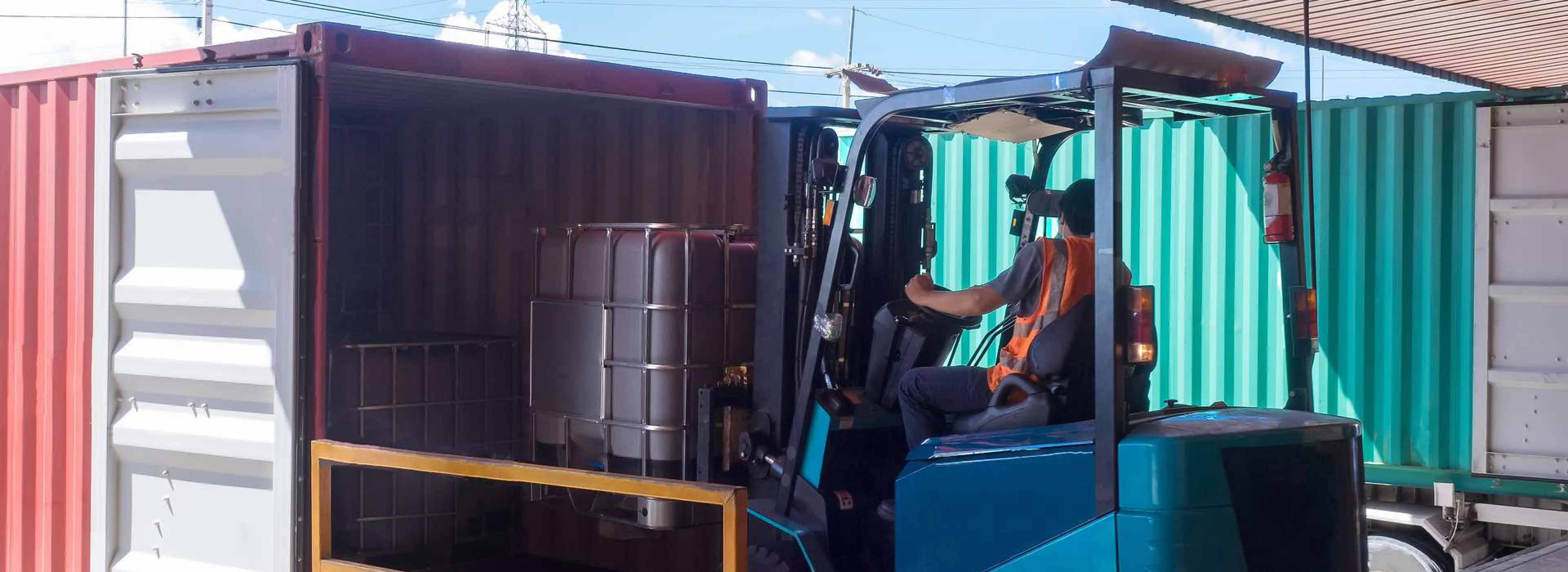The pick and pack process is one of the crucial warehouse processes that can affect your perfect order rate. Failing to optimize it will lead to delayed order fulfillment and, eventually, reduced customer satisfaction.
Click Here: Optimize Your Pick and Pack Process With This Advanced and Affordable WMS
So, in this article, we will be discussing the definition of the pick and pack process, the challenges associated with it, and some ways to optimize the process.
What is the Pick and Pack Process?
The pick and pack process is collecting ordered items from the inventory and packing them for shipment. This process is one of the first activities in the order fulfillment process and is crucial to perform with high efficiency to maintain the perfect order rate of a company.
The process starts with locating and picking the ordered items most efficiently and accurately. Then, the items proceed to the packing process, which consolidates and securely packages them. This is to ensure they reach the customers in a damage-free condition.
What are the Challenges to the Pick and Pack Process?
According to the book Warehouse Management by Gwynne Richards, the pick and pack process comprises as much as 45% of the total operating costs. With errors and inefficiencies, this process can inflate expenses further and negatively impact the order-fulfillment process.
The following is a list of challenges that can lead the pick and pack process to be inefficient and costly:
1. Inaccurate Inventory
An inaccurate inventory record can lead to incorrect scheduling and a longer lead time. For instance, if the stock records are not updated or inventory data is entered incorrectly, confusion can arise regarding the amount of stock available in the order fulfillment process.
Here’s an example:
An organization has received a bulk order of 1000 units of a particular product. Their warehouse system states that there are 1000 units of the product available, but as records are not being updated in real-time or are incorrectly entered, the actual number of the items on shelves is only 500. This leads to an inefficient pick and pack process, as the desired number of units needs to be ordered first. Ultimately, customer service is reduced as the time taken to deliver the shipment increases significantly.
2. Various Factors That Increase Turn-Around Time
The turn-around time (TAT) for the pick and pack process refers to the time taken to pick, consolidate, and pack the ordered items. TAT can increase due to incorrect product placement, inefficient picking methods, unorganized warehouses, etc. An increased TAT can result in a lower pick and pack throughput rate, i.e., the number of units picked and packed per standard working hour. This delays order fulfillment, as shipments are not picked and packed promptly, reducing customer satisfaction.
“Travel time is the enemy of efficient order picking. In fact, it can comprise as much as 50% of the picking process – and up to half of your total warehousing costs.”
3. Missing Product Information
Lack of product information can lead to an inefficient pick and pack process as data is essential for performing this process effectively. Some of the crucial data that you should track include but are not limited to:
- Total number of SKUs by category of products
- The average number of lines per order & units per order
- Items sold together frequently
- Product groups, such as hazardous, temperature, and high-value groups
- Dimensions and weight of a product, etc.
Here’s how a lack of product information can have a negative impact on the pick and pack process.
For the picking process:
Not having access to product information, such as the average number of lines per order & items sold together, can lead to the selection of an inefficient picking method. This, in turn, can lead to an increased pick and pack lead time and delayed order fulfillment.
For the packing process:
Missing details such as fragility and weight of a product can lead to unsecure packaging that cannot withstand handling during shipment. This can result in the customer receiving a damaged product, which leads to reduced customer satisfaction and increased reverse logistics costs.
To learn which data and metrics you should be tracking in other warehouse processes, click here.
“Best-in-class operations process 99.5% of supplier orders without damage.”
– WERC DC Measures Report 2019
Now, let us look at ways optimizing can address the challenges mentioned above.
How to Optimize the Pick and Pack Process in a Warehouse
1. Utilizing Mobile Technology to Improve Inventory Accuracy
Warehouse inventory can be maintained accurately by utilizing mobile technologies such as barcode & RFID scanners. As opposed to manual data entry using pen and paper, which is prone to human error, scanning barcodes or RFID lets you have an almost error-free way of entering data into the system.
Additionally, if a wireless network is properly set up and the mobile scanners are capable of wirelessly communicating with the inventory management system, the stock count can be updated in real time as soon as cargo is scanned and picked. This allows the warehouse to always have an up-to-date inventory count so that the scheduling of orders is as accurate as possible. This also allows warehouse managers to have real-time visibility, which can help them make effective business decisions.
2. Optimal Warehouse Layout
There is a direct correlation between an efficient warehouse layout and reduced turn-around time. An optimal warehouse design helps reduce the lead time of the pick and pack process, improves efficiency, and decreases operational costs.
To optimize the warehouse layout, it is recommended to perform an ABC Analysis. Performing this analysis will let you strategically place the most popular (high-value) products based on order volume in the most accessible warehouse locations.
After performing this exercise, items can be more efficiently located, picked, and packed, leading to a more optimized turn-around time.
3. Adopting Business Intelligence to Utilize Data
As warehouse operations hold and generate massive amounts of data, it is important to track this data as it can help improve the efficiency of warehouse processes such as pick and pack.
This can be achieved by adopting Business Intelligence, as this technology collects, analyses, and presents product data in easy-to-understand dashboards. Warehouse managers can then utilize this data to make informed business decisions and optimize the pick and pack process.
To learn more about Business Intelligence, watch this video: https://youtu.be/jzNLFhM2gDY.
Summary
Optimizing the pick and pack process can help warehouse managers streamline operations, achieve a higher perfect order rate, and improve customer satisfaction. We hope this article helped you understand the challenges associated with the process and how to overcome them.
If you are ready to find the solution to optimize your pick and pack process, go to our Solutions Finder tool.
If you want to learn about warehouse technology and optimizing warehouse processes, follow us on LinkedIn, YouTube, X, or Facebook. If you have other inquiries or suggestions, please contact us here. We’ll be happy to hear from you.












